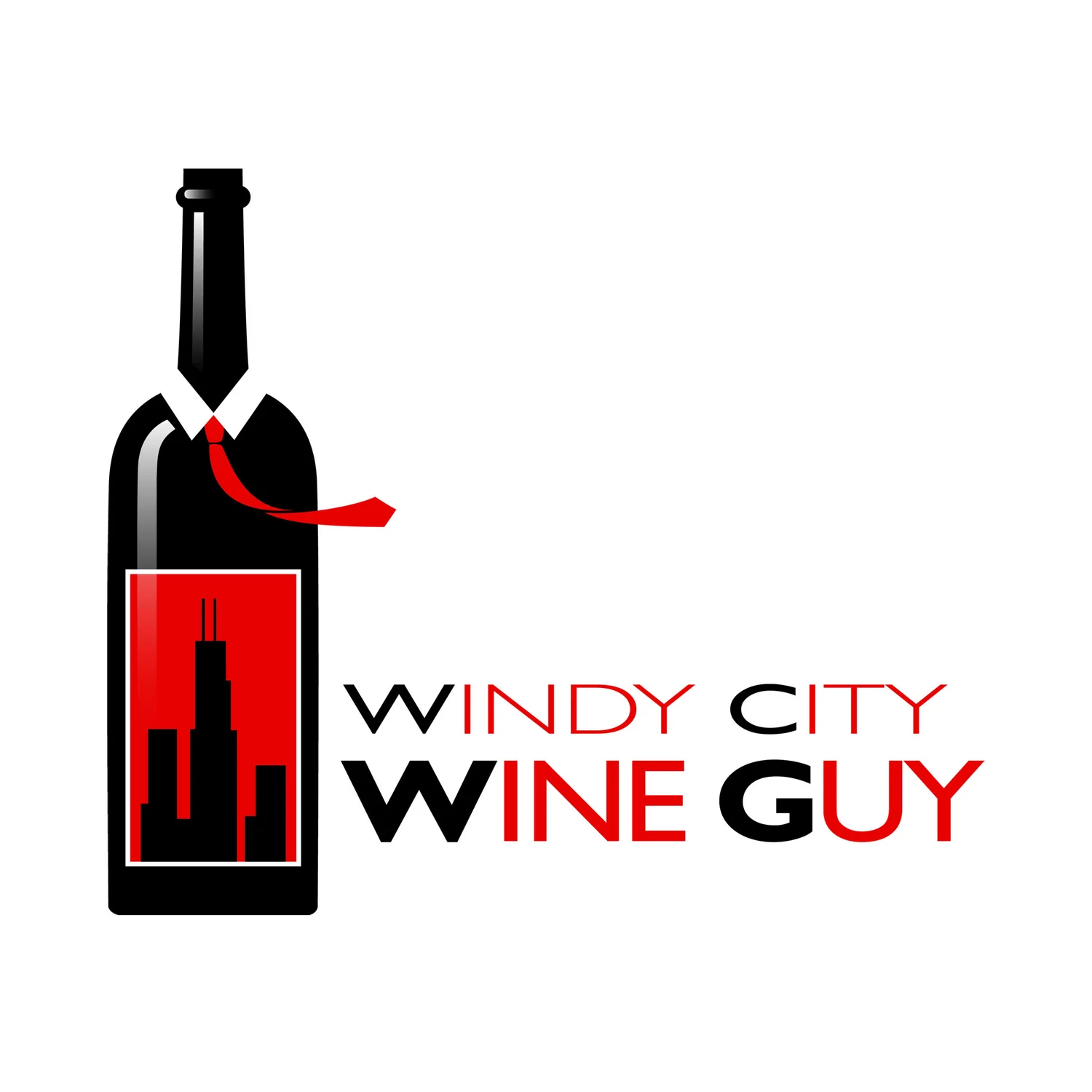Wine Leads the Forefront: Carbon Zero
/ There is little doubt that the Earth's climate is changing. As weather patterns differ year to year, the need for a solution has become gleamingly evident. World leaders are beginning to back initiatives, scientists have traced the origins and identified solutions, and every person has been empowered with environment saving tactics. There could be no industry threatened more by a climate change than wine- and that is more than enough reason to move to Carbon Zero.
There is little doubt that the Earth's climate is changing. As weather patterns differ year to year, the need for a solution has become gleamingly evident. World leaders are beginning to back initiatives, scientists have traced the origins and identified solutions, and every person has been empowered with environment saving tactics. There could be no industry threatened more by a climate change than wine- and that is more than enough reason to move to Carbon Zero.Grapes grown to make wine can be affected by climate change more than any other crop. That is why it would make the most sense for wineries to do whatever is possible to reduce effects to the environment. The least all of us can do is accomplish Carbon Zero, or Carbon Neutrality. This is when you are able to reduce your carbon emissions, and then offset the rest. Common forms of carbon reduction are limited energy usage and use of alternative or sustainable energy sources such as solar panels, windmills, and biofuels. Examples of offsets are tree planting, purchasing of carbon credits, or investment in a carbon project.
Many wineries are getting involved in this initiative. The first in the world was Grove Mill of New Zealand, since 1988. The second and first in the US was Parducci Winery in California, which was purchased by a sustainable producer, Mendocino Wine Company. Others are out there and growing in numbers. But winery owners should not look at this as just evolution, but also survival.
Fortunately many other industries are getting involved. You can too. Check out carbonfootprint.com for more info.
(Image courtesy of flickr)







